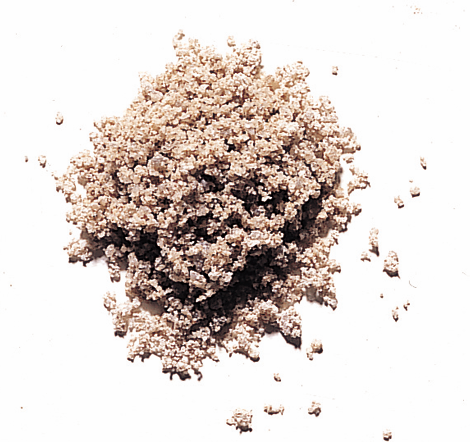Our product ranges:
solutions for a range of industries

Raw kaolin
The formation of our kaolins is the result of the transformation, by hydrothermal or superficial alteration, of an acidic, magmatic, granite-based mother rock which is rich in potassium feldspar.
Our raw kaolin mineral deposits are clayey, white, brittle, crushed rocks, which are mainly composed of kaolinite, mica, quartz and water. Our raw kaolin is used in bodies to make tiles, or as a catalyst to manufacture white cements.
Washed kaolin
Raw kaolin is transported by conveyor belt to SOKA's washing plant. The ore is crumbled, then diluted using a wet process, before being cleaned of quartz and mica. After settling, the kaolin slip is filtered under pressure, extruded and dried to obtain granulated kaolin with a moisture content of less than 15%.


Kaolinic clay
Kaolinitic clay is obtained after the second particle size distribution of raw kaolin. It is mainly composed of kaolinite, mica and quartz and is presented in the form of clayey sand with a particle size between 0 - 500µ. Kaolinitic clay is mostly used as a catalyst in white cement.
Kaolin powder
Washed, granulated kaolin is sent to spraying units and transformed into dry powder. Powdered kaolin is used as mineral or functional fillers
for a wide range of industrial applications: industry, agriculture, and construction, etc.


Calcined kaolin
Dihydroxylation alters kaolin's mineralogical and morphological properties; calcination occurs at temperatures between 700°C and 1000°C. Part of the calcined kaolins are functionalised by silanisation.
Our calcined kaolins are used as mineral fillers or titanium extenders in the rubber, paint and plastic.
Sands
The sands which are extracted from the first kaolin separation process undergo additional washing and screening before being improved by SOKA's processes.
After the particle size selection process, the high-purity quartz sands are used in construction, industry, water treatment, market gardening, and sports facilities, etc.







